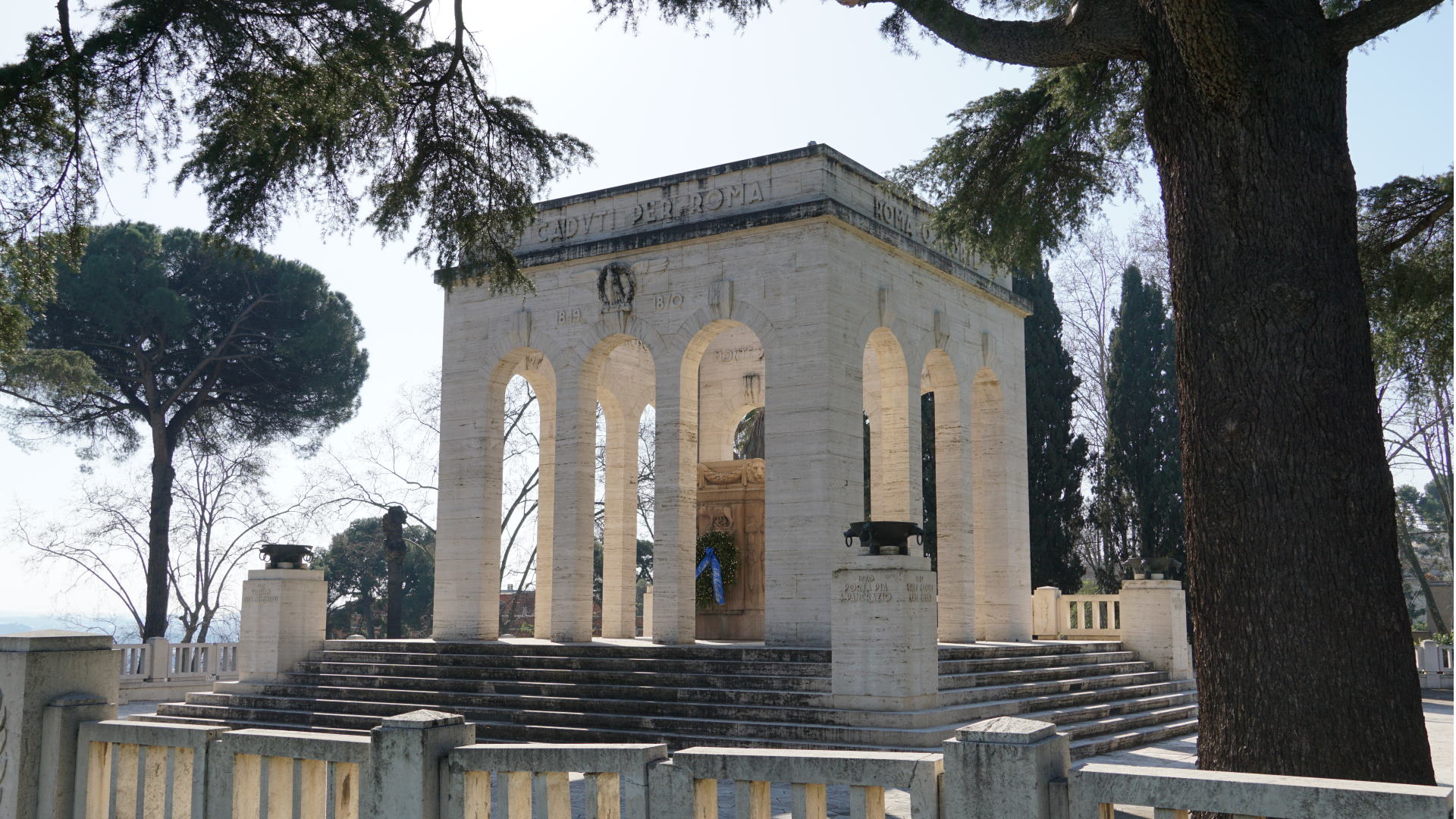
In addition to its monuments, palaces and churches, a city is also made up of the memories it evokes and the life that passes through it. A daily life that, in Rome, has always been marked by rites, holidays, anniversaries, celebrations: a full program of fixed events which, with their load of traditions, represented a (religious or civil) occasion for reflecting, meeting, sharing and having fun, season after season.
If some of them have not resisted the oblivion of time or have lost part of that sense of perfect wonder that they used to give to the Romans and to the many visitors of the city, others are still alive and kicking, even richer today than in the past. And some others, even if born in more recent years, are already part of the modern and contemporary “traditions” of the city.
To fully experience Rome and immerse yourself in its history, month by month we will present you some of the special days and moments of the city, the past and present one – the most heartfelt or awaited events, or even simply the most curious ones.
-
Candlemas, 2 February
-
St. Blaise, 3 February
-
The Roman Republic, 9 February
-
Valentine’s Day, 14 February
-
Carnival, 27 February - 4 March
Candlemas, 2 February
As a gateway between winter and spring, the month of February was linked in ancient Rome to purification rites in preparation for nature’s awakening. Indeed, its name comes from the Latin verb “februare”, meaning to purify, to atone. Torches and lit candles were unfailing ingredients of pagan celebrations dedicated to deities such as Juno Februata or Faunus Lupercus, titular of the ancient Lupercali. When Christianity became the official religion, some of these traditions were inherited by the Candlemas festival, which commemorates the presentation of Jesus to the Temple and the purification of the Virgin Mary (under Jewish law, women were considered to be impure for 40 days after giving birth). In ancient times, on 2 February Roman faithful gathered at first light in the Forum, then reached the Basilica of Santa Maria Maggiore in procession: here candles were blessed, a symbol of Christ “light of the World”. From the 16th century onward, Candlemas celebrations were mostly entrusted to the confraternity of the church of Santa Maria dell’Orto, in Trastevere. Before being separated from the Tiber by the San Michele complex, this was the church of the river and a reference point for all water-related guilds – merchants, millers, unloaders and customs officers, as well, of course, as the crews of the boats and navigli – who received on this occasion blessed candles to be lit in case of danger, sickness, storms and tempests. In 1983, the ancient tradition of the “Canderola dei Fiumaroli” (the Candlemas of the river people) was reinstated by the archconfraternity: on the Sunday closest to 2 February, blessed candles are distributed to the faithful and to all those who live and work on the Tiber, from mariners to sportsmen in nautical clubs.
St. Blaise, 3 February
Legends claim that, before he was made bishop of Sebastea (the then capital of Armenia Minor), St. Blaise was a physician and a philosopher and he later lived as a hermit in solitude and prayer. In the Sistine Chapel’s frescoes by Michelangelo he holds an iron comb, the instrument used by his executioners to tear his flesh. While imprisoned, and before he was finally beheaded, he nonetheless miraculously cured a boy from fatally choking – and this is why Blaise is venerated as the patron saint of sufferers from throat diseases, as well as of mattress makers and wool combers. The ancient frescoes in the lower church inside the Basilica of San Clemente and the many churches dedicated to him in the Middle Ages testify to the popularity of his cult in Rome since the 11th century: we can still admire, for example, the church of San Biagio e Carlo ai Catinari and a beautiful little church overlooking Via Giulia (from the 19th century onward, the Armenian national church), known as San Biagio della Pagnotta. The colorful appellation comes from the bread that the monks distributed to the poor on the saint’s feast day, and which is still offered to the faithful in the form of small blessed loaves. The small loaves with miraculous healing virtues are not the only reason to visit the church every 3 February: candles are lit to the saint to ask for his protection against all throat ailments. Presented for veneration is a reliquary containing a fragment of the saint’s throat, which is kept for the remainder of the year in the Treasury of St. Peter at the Vatican.
The Roman Republic, 9 February
Used to describe a situation of sudden chaos, the Italian idiomatic phrase “È successo un 48” refers to the events of 1848, when a revolutionary storm swept over Europe, originating from Italy and involving Rome. In the city, winds of rebellion were fueled above all by the pontiff’s quick retreat after his initial support for the Italian patriotic cause. In November, the assassination of papal prime minister Pellegrino Rossi on the steps of the Palazzo della Cancelleria, with the crowd rioting all the way to the Quirinal Palace, persuaded Pius IX to take refuge in Gaeta, the guest of Ferdinand II of Bourbon, from where he hurled excommunications and invoked the help of Catholic powers. Left without a government, Rome changed its face in a few months: on 9 February 1849, the announcement that the temporal power of the Pope had been abolished was greeted enthusiastically by Romans gathered under the Palazzo Senatorio, amid festive bells and cannon blasts from Castel Sant’Angelo. The little Roman Republic was a short-lived state, defeated on 4 July by the troops of Louis Napoleon Bonaparte, the future Napoleon III. It was, however, the first example of advanced democracy – founded on universal suffrage, freedom of religion and opinion, and the abolition of the death penalty and torture – and involved many key figures of the Italian Risorgimento: Garibaldi and Mazzini, but also Bixio, Mameli and women like Cristina Trivulzio di Belgiojoso. At the Janiculum Hill, where Garibaldi’s patriots put up the last brave resistance against French troops, the Museo della Repubblica Romana e della memoria garibaldina honors the anniversary each year with special openings and guided tours. A symbolic laurel wreath is then laid in the nearby Garibaldi Ossuary Mausoleum, the resting place of those who fell in the battles for Rome between 1849 and 1870.
Valentine’s Day, 14 February
Rome’s beauty goes straight to the heart. The eternally “romantic” destiny that makes the city a kind of lovers’ capital, the scene of great sentimental stories, has its roots in the mists of time, in the legends that shroud its birth. Indeed, it is enough to read its name backwards to evoke the word “amor”, love, and it is certainly no coincidence that the largest sacred building in ancient Rome, built by Hadrian in the Forum, was dedicated to a special divine pairing: Roma Aeterna and Venus, goddess of love and beauty as well as mother of Aeneas and progenitor of Romulus and Remus. A few centuries later, on a 14 February, the saint called to renew his “miracles of love” each year was martyred in Rome. Ancient sources, to be fair, mention at least two saints named Valentine, a Roman presbyter and the more famous bishop of Terni, and the debate over their biographies remains open to this day. The cult and fame of Valentine, whether from Rome or Terni, nevertheless spread rapidly throughout Europe. The suggestive belief that birds would begin to court each other in anticipation of spring births on 14 February, and the pen of illustrious poets such as Geoffrey Chaucer and William Shakespeare, contributed to increasing the popularity of the saint’s feast day, transforming it over time into a pop and global event. In our days, a romantic tour of Rome cannot ignore magical places such as the Orange Garden or the Pincio Hill, but we can also pay homage to the power of love by stopping at the small fountain next to the Trevi Fountain, whose water would protect from betrayal and temptation, or at the Lovers’ Staircase in the Garbatella district. Or at the church of Santa Maria in Cosmedin where the relic of a Saint Valentine’s skull, preserved in a shrine and adorned with red roses, is displayed to the faithful every 14 February.
Carnival, 27 February - 4 March (moveable feast between February and March)
A season of joyful collective foolishness in which the strict daily rules are suspended and everything is allowed – pranks, jokes and disguise – before Ash Wednesday gives start to the Lenten fasting and the purifying penitential practices preceding Easter. Although its origins may be linked to pagan celebrations in classical age Greece and ancient Rome, in its essence Carnival is a Catholic and Christian festival. And it was a pope who transformed Rome, in the second half of the 15th century, into the world capital city of carefree folly. After moving the papal residence to the palace he had had built in Piazza Venezia, Pope Paul II concentrated most of the carnival festivities, which until then had been centered in the Testaccio area, in the historic center and particularly in Via Lata (today’s Via del Corso). With its masked parades, floats, tournaments and jousts, the much-anticipated Berber horse races and the moccoletti festival, Rome’s Carnival involved the entire population, attracting artists, poets, wayfarers and the curious from halfway around the world. With the temporal power of the popes having waned, the numerous incidents that inevitably occurred between spectators and participants convinced the Savoy to put a stop to the most reckless and unrestrained entertainment. The cheerfully subversive spirit of Carnival, however, has not died out entirely, and even today the city colors itself with masks and confetti, dressing up for the festival and offering events for children and adults in cultural venues and city spaces.
March in Rome. Key dates and events (today as in the past)
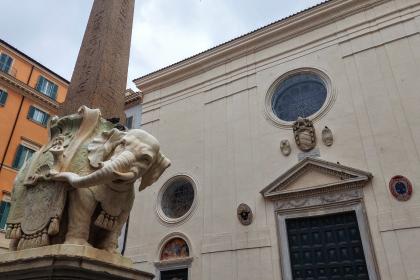
April in Rome. Key dates and events (today as in the past)

The river Tiber
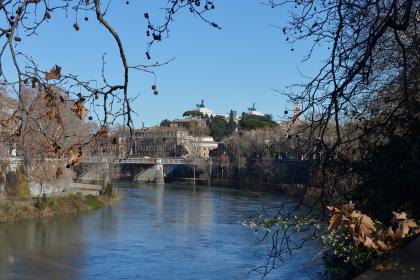
According to legend, the history of Rome begins right here
Church of Santa Maria dell’Orto
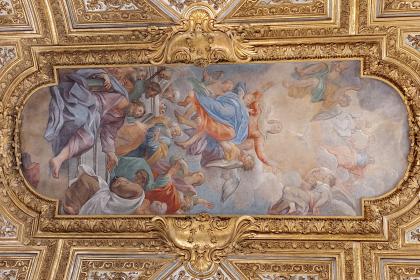
 Condividi
Condividi
The Monumental Complex of San Michele a Ripa
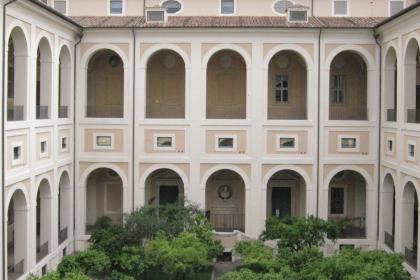
 Condividi
Condividi
Open-air Renaissance
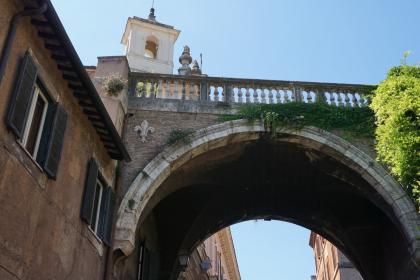
Via Giulia and the Florentine Quarter
Church of San Biagio degli Armeni (San Biagio della Pagnotta)
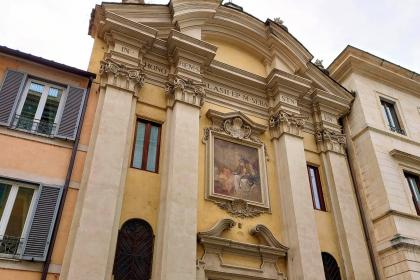
 Condividi
Condividi
Piazza del Campidoglio (The Capitoline Hill)
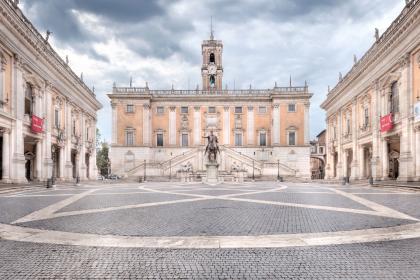
 Condividi
Condividi
Janiculum Hill
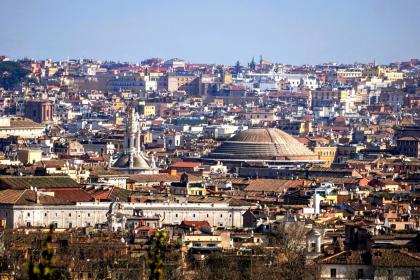
 Condividi
Condividi
Seven romantic things to do in Rome
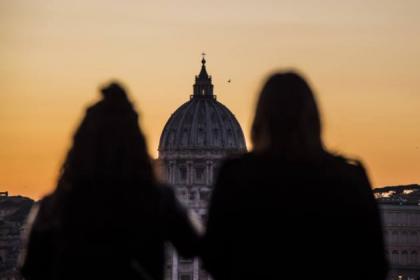
Walks, sunsets and dates for falling in love, dreaming and collecting memories
The Fountain of Carlotta and the Lovers' Staircase

 Condividi
Condividi
The Basilica of Santa Maria in Cosmedin
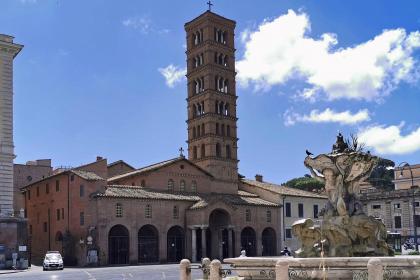
 Condividi
Condividi
The ancient Roman Carnival
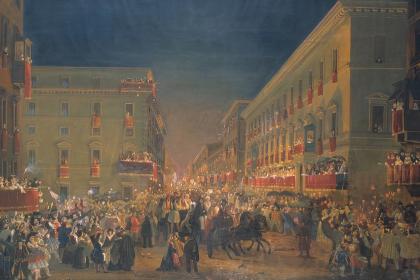
Traditional recipes of the Roman carnival

Via del Corso
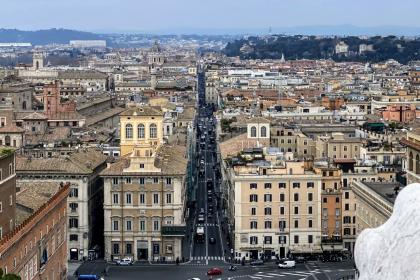
 Condividi
Condividi
Piazza Venezia
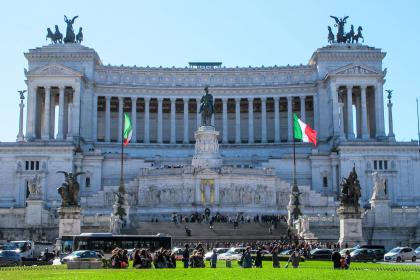
 Condividi
Condividi











































